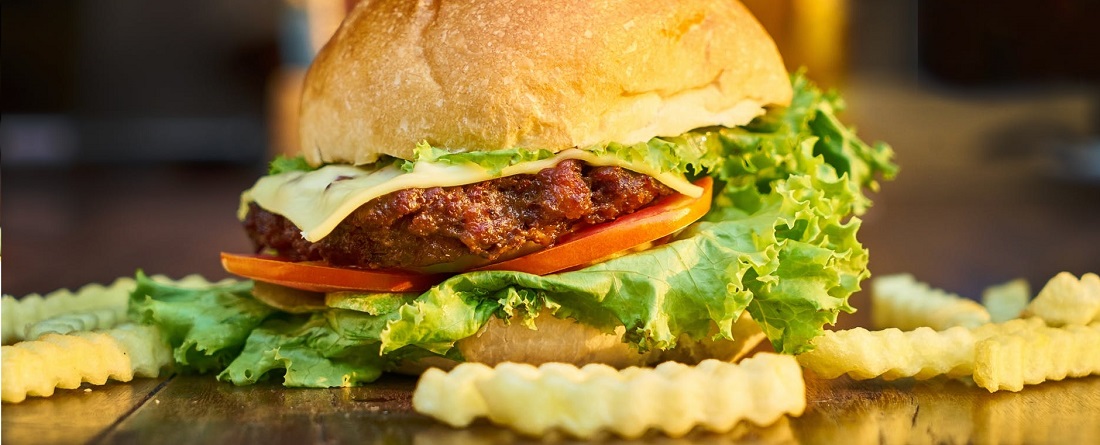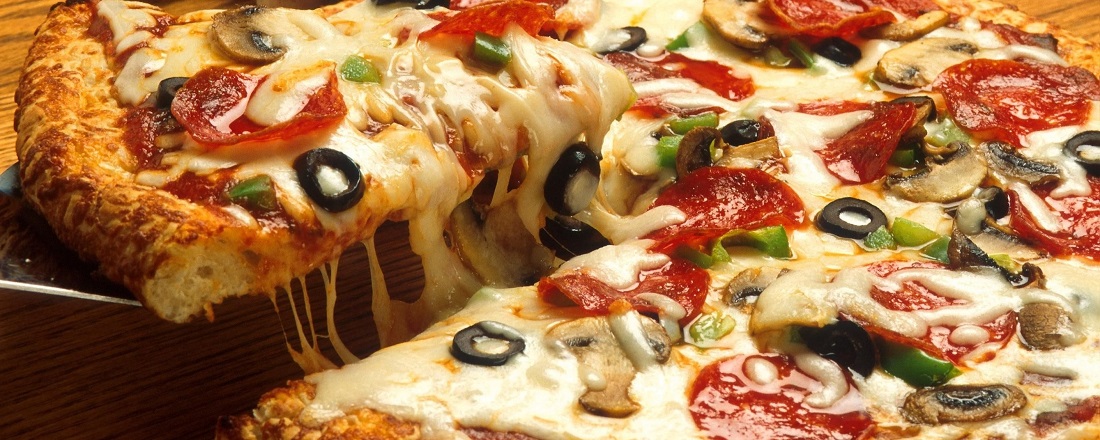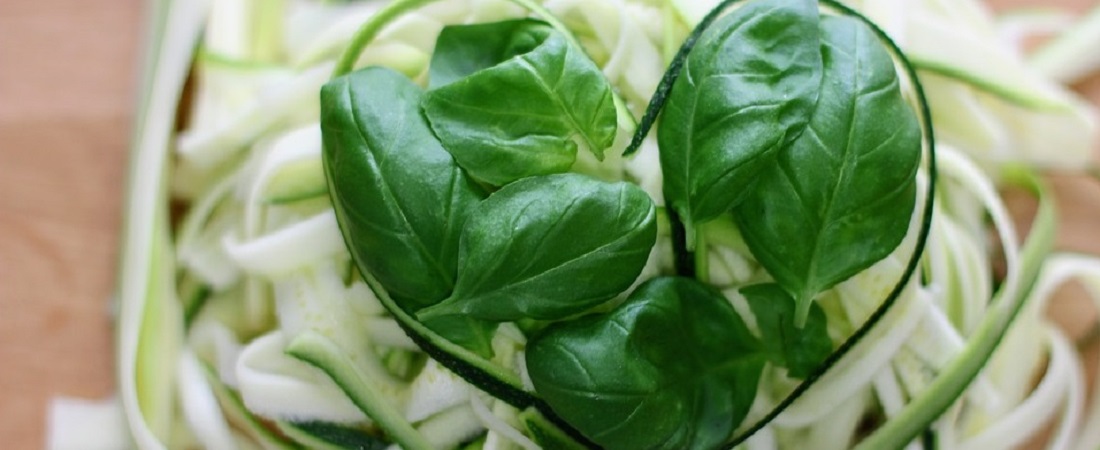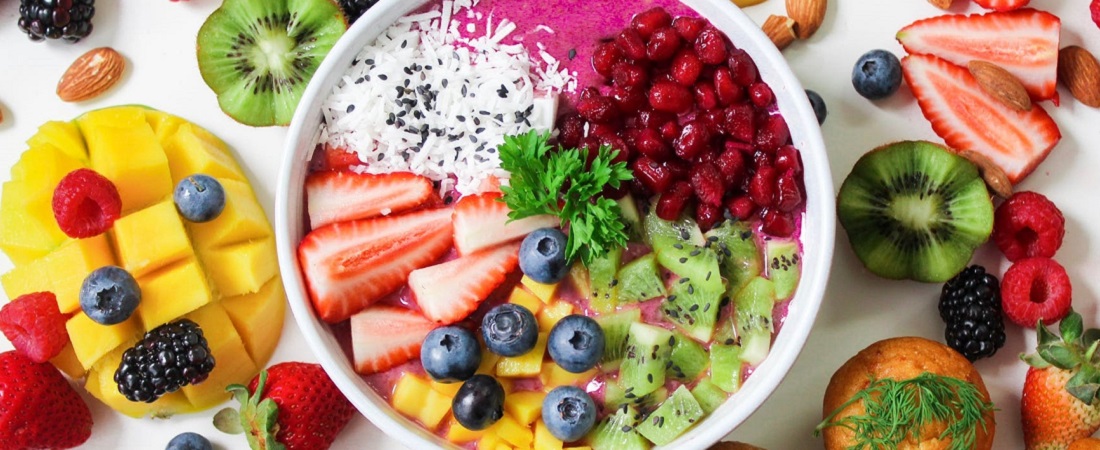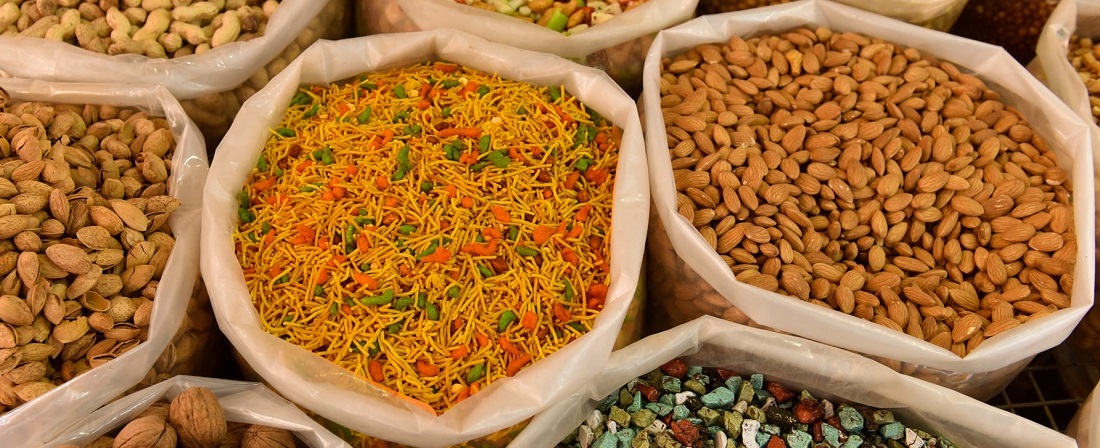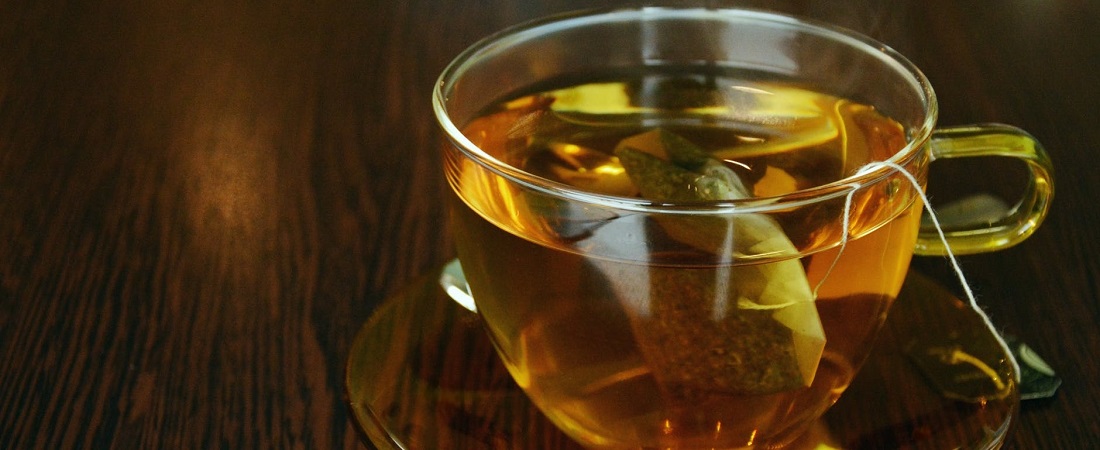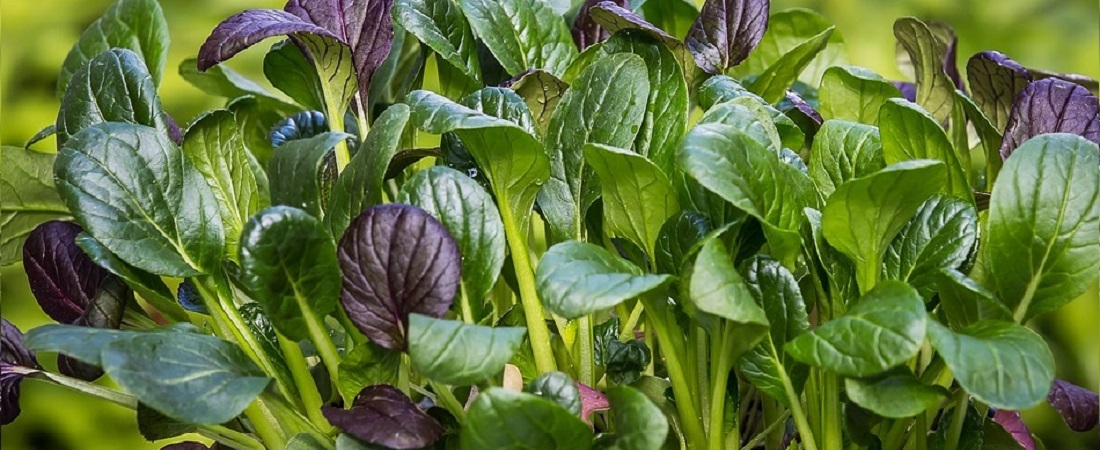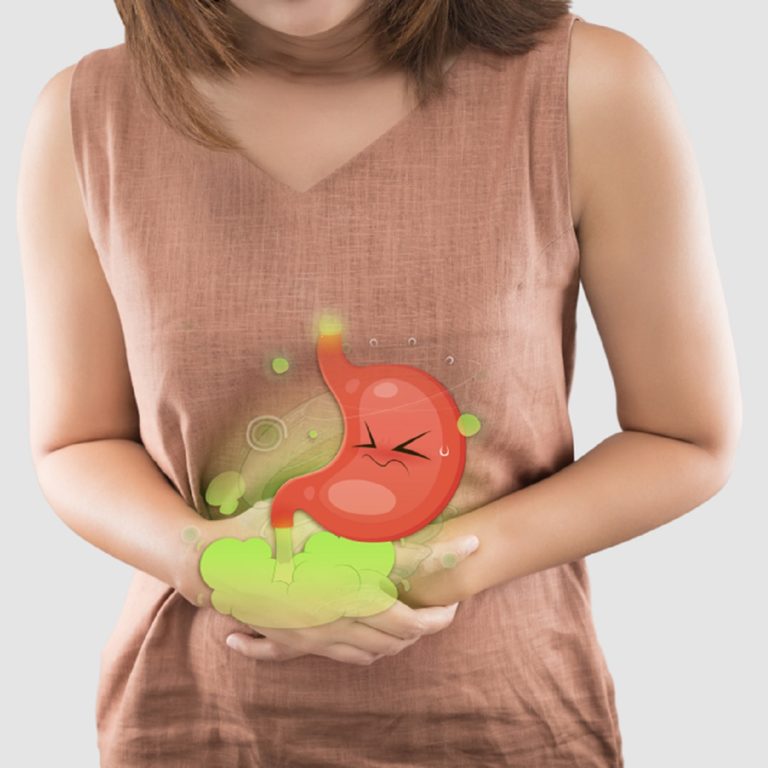Cholesterol is often associated with something bad. But, in fact, this is not the case and everything is not always that black and white.
Cholesterol is a substance which is important for human body. It is a vital component of cell membranes, and without it, no cells are formed in your body.
A much more relevant measure of it`s total level is the proportion of LDL (bad cholesterol) to HDL (good cholesterol), which should be smaller than 2.5: 1.
The proportion of total cholesterol to HDL should be smaller than 4.2:1. Below we will write about what is good and what is bad cholesterol, how to raise the good one and reduce the bad one.
Cholesterol and its Types
Cholesterol is the most common alcohol in the human body, obtained from food (mostly from animal fats) and mostly synthesized in the liver.
It helps improve wounds, protect the skin from damage, and patch up broken and inflamed blood vessels.
Simply put, if there is no inflammation or broken blood vessels in the body, cholesterol will move freely and it will not be able to accumulate on the walls of the blood vessels or cause any trouble there.
It is the long-term inflammation that causes cholesterol build-up and not all cholesterol, but the oxidized one.
So the question is not always how to lower the cholesterol at all costs, but rather – how to raise good cholesterol (HDL) levels.
Four types of cholesterol can be found in the human body:
- Very low density lipoproteins (VLDL)
- Intermediate density lipoproteins (IDL)
- Low density lipoproteins (LDL)
- High density lipoproteins (HDL)
LDL and HDL cholesterol are the most famous ones as 25-35% of the total human cholesterol is in HDL and 60-70% in LDL. So, these two are the key players and therefore we will focus on them in this article.
LDL Cholesterol
Low-density lipoprotein (Low Density Cholesterol (LDL)), is a bad cholesterol with excessive blood levels causing cholesterol to fall on the walls of blood vessels and can cause atherosclerotic plaques or atherosclerosis. This is one of the most important risk factors for heart disease. The plaques begin to partially clog the vessel lumens as they grow.
As a result of vascular constriction, there is no longer enough oxygen-rich blood to the heart muscle cells. Ischemia results when the heart muscle is starved for oxygen and nutrients.
When damage or death of part of the heart muscle occurs as a result of ischemia, it’s called a heart attack, or myocardial infarction (MI).
As it grows, the spike can burst and release substances that cause thrombus formation. The thrombus can in turn completely close the vessel lumen. When the blood clot occurs in the arteries of the myocardium, it causes a disorder of myocardial blood flow or myocardial death, or infarction. If such blood vessel clogging has occurred in the brain, it causes a stroke.
The optimal LDL level is less than 100 milligrams per deciliter of blood. (mg/dl). Between 100 and 129 mg dl is also considered normal. 130-159 mg/dl is already on the border and 190 mg/dl is already too high.
High LDL cholesterol levels are caused by:
- LDL cholesterol – contained in animal foods, red meat, margarine and cheese.
- Saturated Fatty Acids – included in some meat products, fat-rich dairy products, chocolate, baked goods, processed foods, deep-fried foods, and hydrogenated oils.
- Trans fats – found in some processed and deep-frozen foods.
Also, high levels of LDL can be caused by:
- Obesity
- Hereditary factors
- Diabetes
- Liver or kidney disease
- Polycystic ovarian syndrome
- Pregnancy and other conditions that increase female sex hormones
- Hypothyroidism
- Drugs that increase LDL levels while reducing HDL levels (anabolic steroids, corticosteroids, progestins)
HDL Cholesterol
High-density lipoprotein (High Density Cholesterol (HDL)), is a good and beneficial cholesterol that helps tissues balance and get rid of bad cholesterol (LDL). The higher your HDL, the better.
The ideal HDL amount is 60 mg/dl or more. 40 mg/dl or less is too low.
How to Raise Good Cholesterol or HDL Levels
In order to balance your cholesterol level in the body, it is not necessary to avoid eating bad foods. For example, instead of keeping away from bad foods, you can add more beneficial foods in your daily diet and keep up the right lifestyle. In this way, the body has the ability to fight bad cholesterol (LDL) naturally and reduce its proportion in your blood.
Fibers
Fiber-rich foods help to reduce cholesterol absorption in the intestine, bind excess and and help to excrete from the body. Fiber is a plant carotid, so animal foods (including fibrous and hard-to-eat meat) do not contain it.
The best sources of fiber
- Cereals – however, remember that not all kinds of cereals and not too much. Hidden gluten or wheat protein intolerance is becoming more common and people themselves may not be aware of it. If you feel heaviness after eating cereals (including wheat bran) and it seems to you that digestion slows down, you may suspect intolerance. The best and most foolproof cereal products are buckwheat, whole grain cereal, oatmeal and okra.
- Celery
- Cabbage
- Fruits and berries (mainly apples but also grapes, strawberries and citrus fruits)
- Beans
- Lenses
- Dried plums
- Eggplant
Omega-3 fatty acids
Omega-3 fatty acids increase HDL levels and reduce the risk of cholesterol oxidation. These fatty acids act anti-inflammatory and keep the blood flowing.
The best sources of omega-3 are fatty fish and some seeds:
- Herring
- Tuna
- Mackerel
- Sardines
- Salmon
- Flax, hemp, pumpkin and chia seeds and their oils
Nuts and seeds
Nuts and seeds are full of valuable oils that help reduce inflammation in the body and so regulate cholesterol very well. These healthy and delicious pieces include vitamin E in addition to essential fatty acids.
The richest in fiber and omega-3 rich are:
- Walnuts
- Pistachios
- Almonds
- Cashew
Try to avoid salted or candied nuts, which unfortunately do not belong to the list of healthy foods.
Black tea
The tea has a cholesterol lowering effect. According to a study by the US Department of Agriculture, black tea reduces blood fat levels by nearly 10% over 3 weeks.
The results of the research concluded that drinking black tea helps reduce the risk of developing cardiovascular disease.
Green tea is rich in antioxidants that prevent of oxidative rancidity. Green tea also helps to wash out excess fat from the body. Drink your tea without sugar.
Cocoa
Cocoa is one of the most antioxidant-rich plants in the world. Among other things, it also helps to increase the HDL levels. The study showed that people who consumed cocoa powder for 12 weeks had a 24% increase in HDL levels. It would be best to consume organic raw cocoa. Also, you should select chocolates with high cocoa content.
Compared to milk chocolate, it contains three times more antioxidants that prevent platelets from sticking together and clogging arteries.
Garlic
Garlic is a natural antibiotic that works against viruses and bacteria, reduces clumping of platelets and lowers blood pressure. This protects blood vessels and prevents cholesterol from gluing on the arterial walls. Thus, garlic also helps to prevent the risk of subsequent cholesterol deposition.
Consume garlic raw, so the miracle is most powerful.
Avocado
Avocado is rich in minerals, vitamins and monounsaturated fatty acids. Therefore it is a great source of good fats. Adding this succulent fruit to your diet will help to boost your HDL while reducing LDL levels.
In addition, avocado contains beta-sitosterol. It is a substance that helps to reduce the amount of cholesterol absorbed from food.
Lutein
Foods containing lutein keep the eyes healthy, but it has been found that lutein also protects the walls of the artery from cholesterol deposits. This prevents clogging and reduces the risk of heart attack.
Dark green foliage containing rich lutein:
- Spinach
- Deciduous
- Kale
- Broccoli
- Carrots and dark berries (blueberries, blackcurrants, raspberries, strawberries)
Physical exercise
Physical activity will contribute to increased blood oxygen levels, improved blood circulation, loss of body acidity and lowering of cholesterol – boosting stress hormones.
All these factors, in turn, lead to lowering of LDL levels and activation of the immune system.
Do not worry
Negative emotions, excessive thinking, and high stress levels increase the levels of inflammatory hormones, and in conjunction with it, LDL levels.
Meditation, yoga, good sleep, fresh air, pleasant company and joyful minds help your body relieve stress and lower your LDL levels. Among the dietary supplements, Ashwagandha is a famous stress reliever.
Cholesterol standards
Total Cholesterol: <5 mmol/l
LDL (bad): <3 mmol/l HDL (good):> 1 mmol/l
Triglycerides: <2 mmol/l
NB! The information provided here is for informational purposes only, so do not consider it as health care or medical diagnosis and treatment. Do not consider this information as a guarantee of the results you want to achieve. In addition, this information is not intended to replace the advice of your physician or other healthcare professional.
Even more, you should not use it to diagnose or treat a health problem. Before changing or discontinuing your existing medication, treatment, or care, or taking any dietary supplements, be sure to consult with your healthcare professional or doctor before starting any diet or program, or if you suspect you may have a medical condition.
Compiled by: Maria-Helena Loik
Sources: Medicalnewstoday.com, Heart.org
Photos: Pixabay.com, Pexels.com, Shutterstock.com


